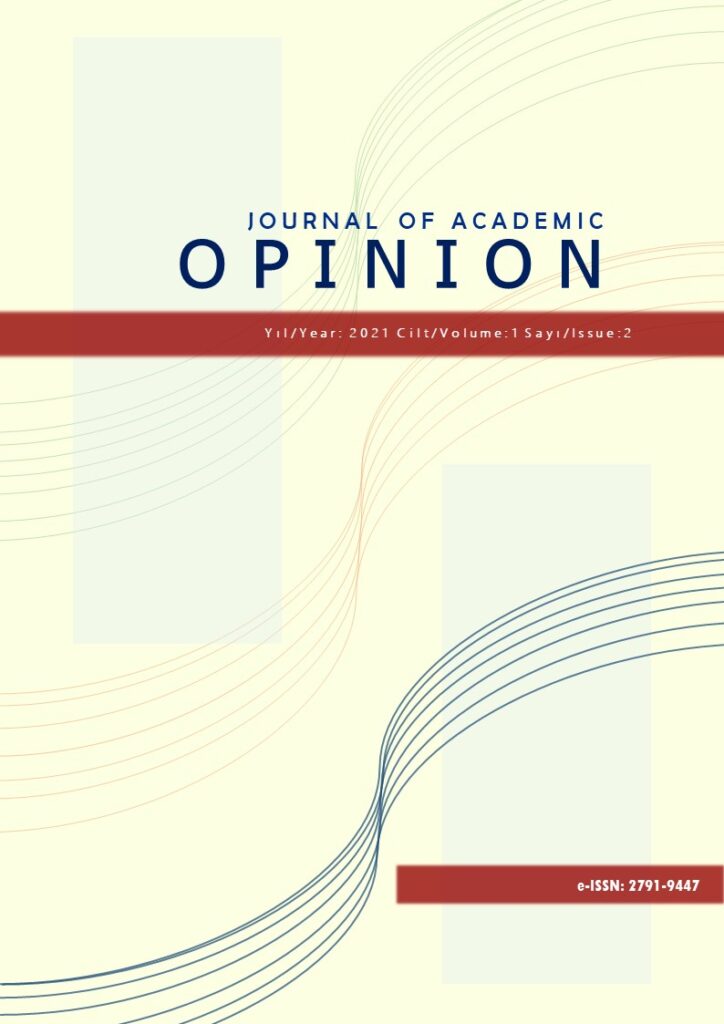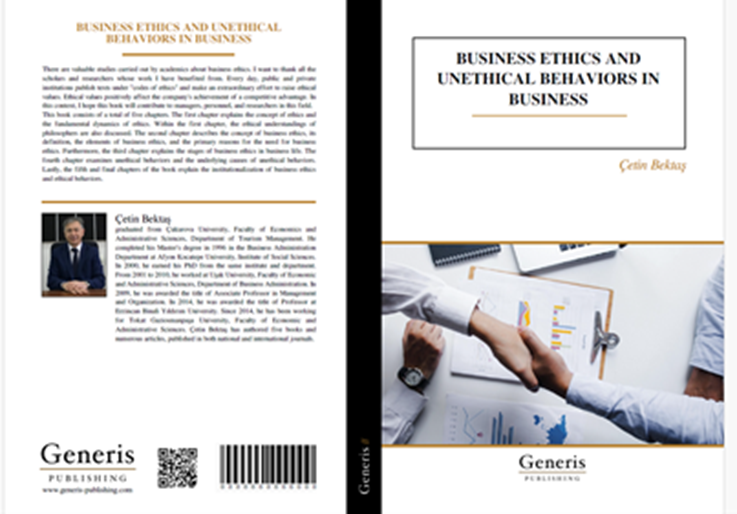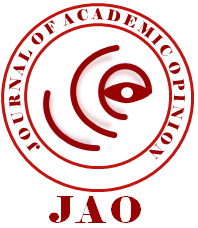The Hejaz Railway and Its Effects on Jordanian Economy
DOI:
https://doi.org/10.5281/zenodo.7497553Keywords:
The Hejaz Railway, Jordanian Economic History, Phosphate Mine, Economy of JordanAbstract
The Industrial Revolution, which started in England in the middle of the 18th century and gradually spread in Europe, significantly changed the course of human history. Before the Industrial Revolution, since energy inputs such as coal, oil and electricity were not used/known yet, production was dependent on energy units provided by water and wind power. Railways, which replaced the animal carriage, radically changed the production and logistics patterns. Railway system, which was established as a network in Europe between 1830 and 1870, also changed many production and consumption habits from access to raw materials to the transfer of agricultural products to the markets. The first railway project in the Ottoman Empire, which was realized with the financial resources of the state and the aid collected from Muslims inside and outside the country, is the Hejaz Railway project, which was built between 1900-1908 during the reign of Abdulhamid II and includes a route between Damascus and Medina. This study aims to analyze the phosphate mine discovered in the al-Salt district near Amman in Jordan during the construction of the Hejaz Railway in terms of its effects on the Jordanian economy from the date it was found to the present.
References
Cumhurbaşkanlığı Osmanlı Dönemi Arşiv Belgeleri
BOA, BEO, 3575-268123
BOA, MV. 134-30
BOA, BEO, 3620-271454
BOA, BEO, 3822-286587
BOA, BEO, 3795-284559
BOA, BEO, 3724-279256
BOA, İ.TZT, 1-31
BOA, BEO, 3203-240153
BOA, Y..PRK.AZJ., 44-70
Abu-Jaber, N. (1993). Uniformitarian geochemical constraints on the genesis of Jordanian Tethyan phosphorites. Mut'ah Journal For Research and Studies, 8(4), 301-322.
Akyıldız, A. (2019). Osmanlıda Ulaşımın Modernleşmesi. İstanbul: Timaş Yayınları.
Akyıldız, A., & Kurşun, Z. (2018). Osmanlı Arap Coğrafyası ve Avrupa Emperyalizmi (2. b.). İstanbul: Türkiye İş Bankası Kültür Yayınları.
AlRayyan, K., Hamarneh, C., Sukkar, H., Ghaith, A., & Abu-Jaber, N. (2019). From Abandoned Mines to a Labyrinth of Knowledge: a Conceptual Design for a Geoheritage Park Museum in Jordan. Geoheritage, 11, 257–270.
Auler Paşa. (2019). Hicaz Demiryolu İnşa Edilirken-I Şam-Maan Hattı (2. b.). (E. B. Özbilen, Çev.) İstanbul: Türkiye İş Bankası Kültür Yayınları.
Auler Paşa. (2019). Hicaz Demiryolu İnşa Edilirken-II Maan-El-Ulâ Hattı. (E. B. Özbilen, Çev.) İstanbul: Türkiye İş Bankası Kültür Yayınları.
Black, J. (2020). İngiltere Tarihi. (A. Yıldız, Çev.) Ankara: Doğu Batı Yayınları.
Bowood, R. (1961). The Story of Railways. Londra: Will&Hepworth Ltd. .
Çeçen, K. (1998). Hendese-i Mülkiyye Mektebi. Türkiye Diyanet Vakfı İslâm Ansiklopedisi, XVII, s. 394-395.
Frayer, H. (2018). Sanayi Çağı. (B. Akarsu, & H. Batuhan, Çev.) Ankara: Doğu Batı Yayınları.
Güran, T. (2013). 19. Yüzyılda Osmanlı Ekonomisi Üzerine Araştırmalar. İstanbul: Türkiye İş Bankası Kültür Yayınları.
Güran, T. (2017). İktisat Tarihi. İstanbul: Der Kitabevi.
Hamarneh, M. B. (1985). Social and Economic Transformation of Trans-Jordan 1921-1946. Washington: The Graduate School of Georgetown University, Basılmamış Doktora Tezi.
Hogan, E. L. (1991). Incorporating the Periphery: The Ottoman Extension of Direct Rule Over Southeastern Syria (Transjordan) 1867-1914. Cambridge: History and Middle Eastern Studies, Harvard University Basılmamış Doktora Tezi.
https://etigubre.com/Fosfat. (2021, Aralık 12).
https://oec.world/en/profile/country/jor?depthSelector1=HS4Depth. (2021, Aralık 12).
https://www.jpmc.com.jo/En/Pages/Our_History. (2021, Aralık 12).
https://www.kawar.com/about-us/our-history. (2021, Aralık 12).
Hülagü, M. (2008). Bir Umudun İnşası Hicaz Demiryolu. İzmir: Yitik Hazine Yayınları.
Jeaffreson, J. C., & Pole, W. (1864). The Life of Robert Stephenson. Londra: Longman.
Kahya, E. (1988). Türkiye'de İlk Demiryolları. Belleten, 209-218.
Karabulut, I. (2021). II. Meşrutiyet’ten Cumhuriyet’e Tartışmalı Bir Maden İmtiyazı: Bahr-i Lût Brom Madeni. History Studies Uluslararası Tarih Araştırmaları Dergisi, 13(1), 217-240.
Karpat, K. H. (1985). Ottoman Population 1830-1914. Wisconsin : The University of Wisconsin Press.
Kurmuş, O. (2007). Emperyalizmin Türkiye'ye Girişi. İstanbul: Yordam Kitap.
Kütükoğlu, M. S. (2020). Osmanlı'nın Sosyo-Kültürel ve İktisadi Yapısı. Ankara: Türk Tarih Kurumu Yayınları.
Ortaylı, İ. (2016). İmparatorluğun En Uzun Yüzyılı (43. b.). İstanbul: Timaş Yayınları.
Özcan, A. (2010). Şerîf Hüseyin. Türkiye Diyanet Vakfı İslâm Ansiklopedisi, XXXVIII, s. 585-586.
Öztürk, İ. (2009). Osmanlı İmparatorluğu'ndan Günümüze Demiryollarının Gelişimi. İstanbul: Marmara Üniversitesi Sosyal Bilimler Enstitüsü Basılmamış Yüksek Lisans Tezi.
Ramadna, A. (2012). Mining Sector Current Situation and Investment Opportunities. Ministry of Industry and Trade Jordan.
Russel, D., & Williams, G. (1977). History of Chemical Fertilizer Development. Soil Science Society of America Journal, 41(2), 260-265.
Said, R. (1949). Dr. Max Blanckenhorn (1861-1947). American Journal of Science, 247(7), 504-506.
Tarawneh, K. (2008). Jordanian Phosphate Mining History. Fifth International Conference of Beneficiation of Phosphates, (s. 45). Rio de Janeiro.
Tomar, C. (2012). Ürdün. Türkiye Diyanet Vakfı İslâm Ansiklopedisi, XLII, s. 354-356.
Top, M. (2016). Hicaz Demiryolu ve Ürdün'deki Osmanlı Dönemli Tren İstasyonları . Yüzüncü Yıl Üniversitesi Sosyal Bilimler Enstitüsü Dergisi, 135-163.
Usul, İ. (Dü.). (1999). Hicaz Demiryolu. İstanbul: Albaraka Türk Yayınları.
Uzuntepe, G. (2000). Osmanlı İmparatorluğu'nda İlk Demiryolu: İzmir-Aydın-Kasaba (Turgutlu) (1856-1897). Eskişehir: Anadolu Üniversitesi Sosyal Bilimler Enstitüsü Basılmamış Yüksek Lisans Tezi.
Wood, M. (1995). A History of the BalqS' Region of Central Transjordan during the Umayyad Period. Montreal: Institute of Islamic Studies McGill University Basılmamış Yüksek Lisans Tezi.
Downloads
Published
How to Cite
Issue
Section
License
Copyright (c) 2021 Journal of Academic Opinion

This work is licensed under a Creative Commons Attribution 4.0 International License.





